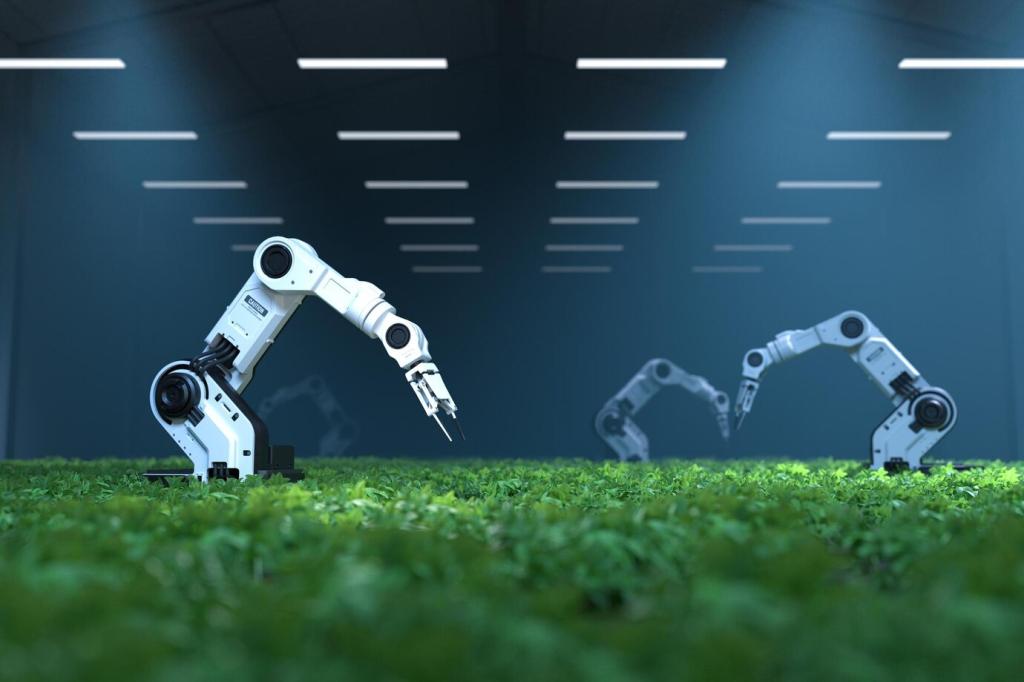Learning Your Home’s Rhythm
Motion pings, thermostat logs, door events, and light levels become training data. Models cluster recurring sequences, detect habits, and learn seasonal shifts. The result is gentle, anticipatory assistance that feels personal, not prescriptive, and adapts as life moves.
Learning Your Home’s Rhythm
On day one, the system watches. By week two, it warms the kitchen before you arrive, brightens lights with sunrise, and queues a news briefing. When your schedule changes, it notices, backs off, and relearns without nagging or fixed rules.











